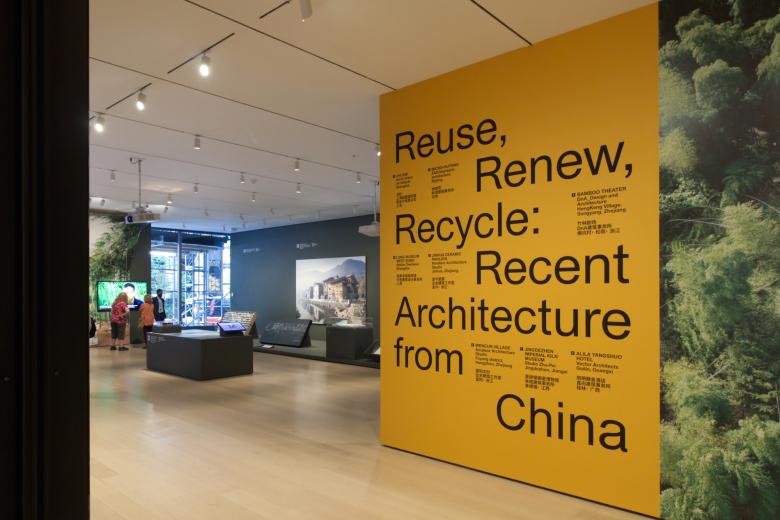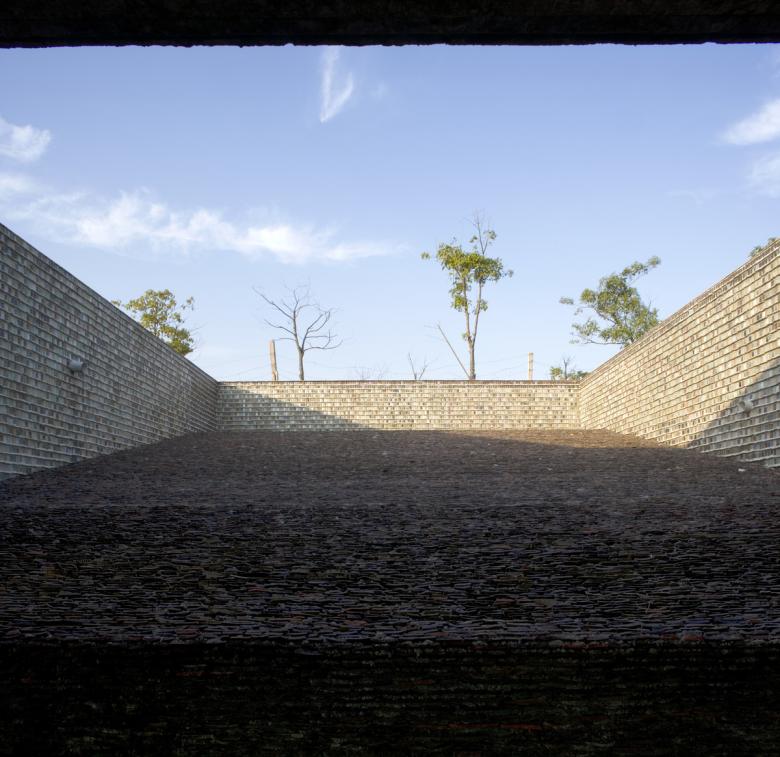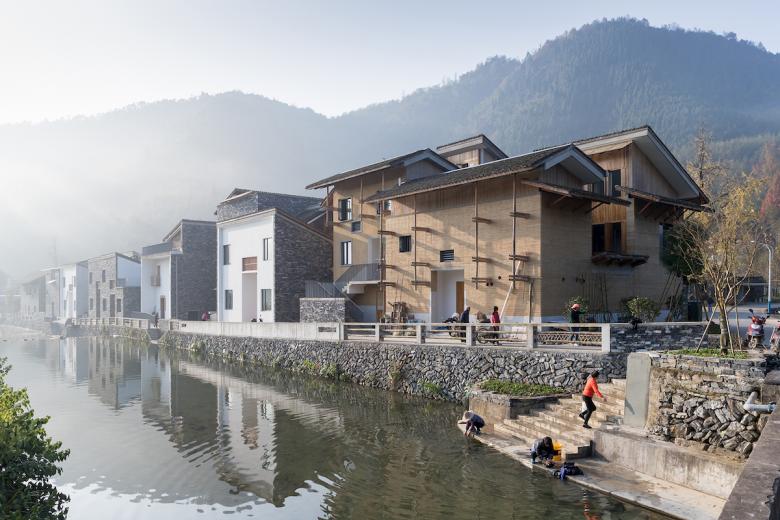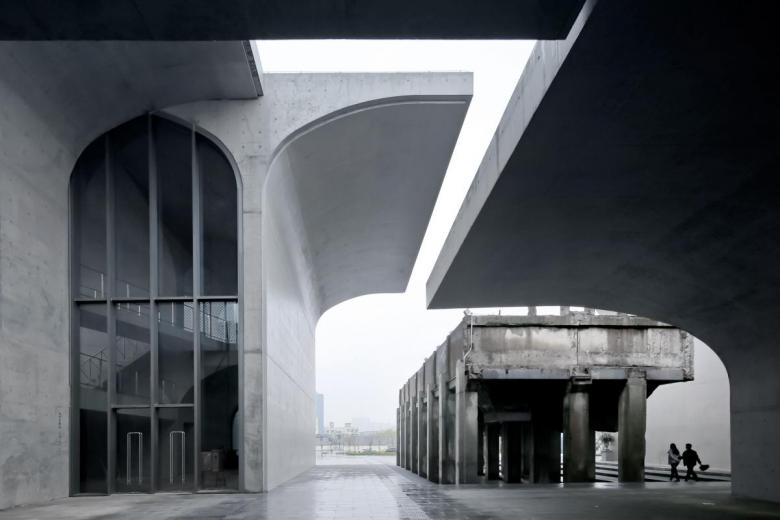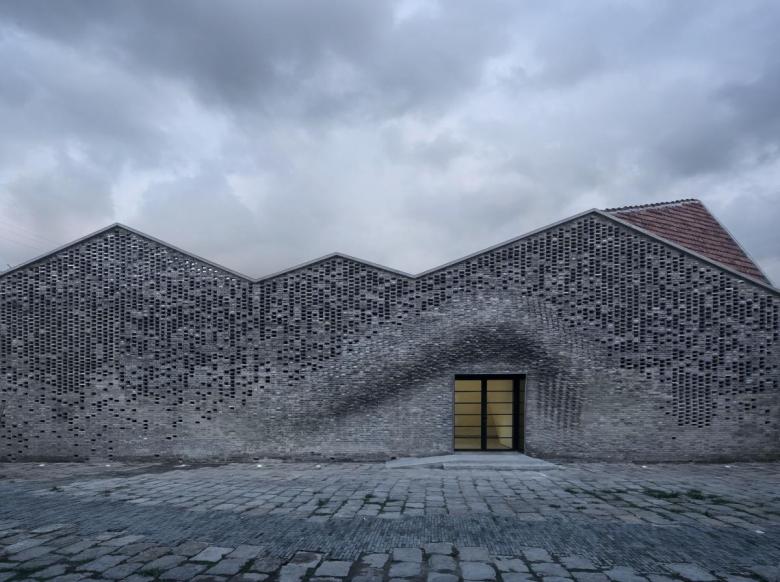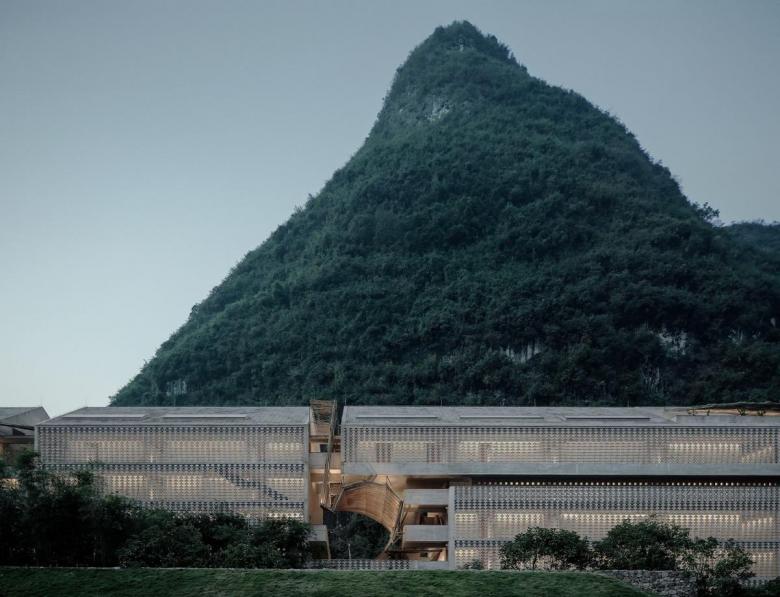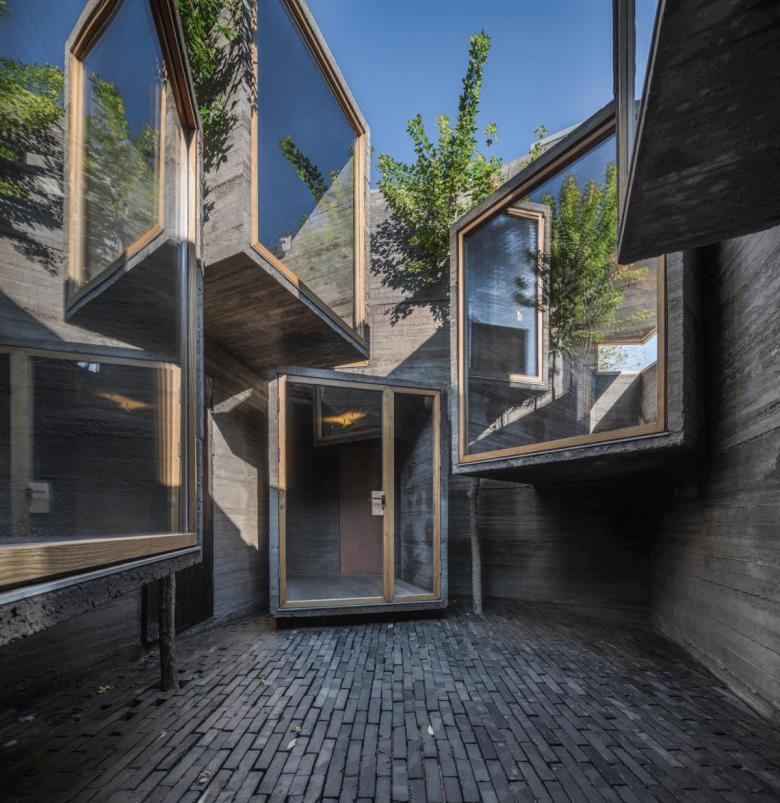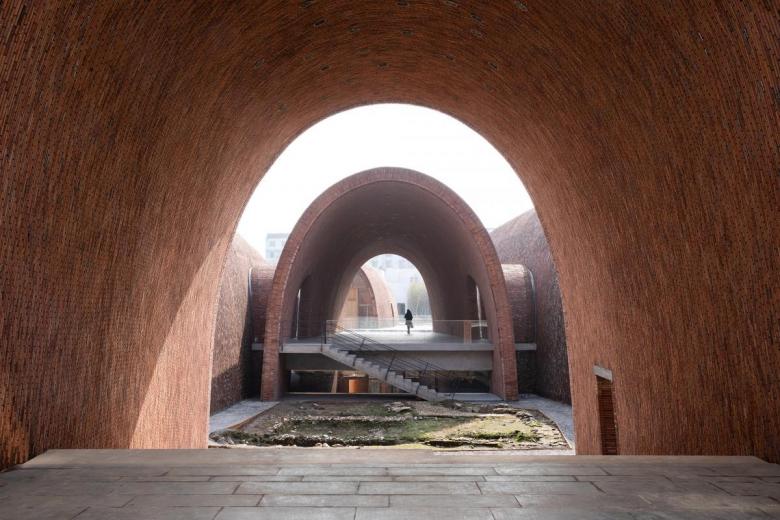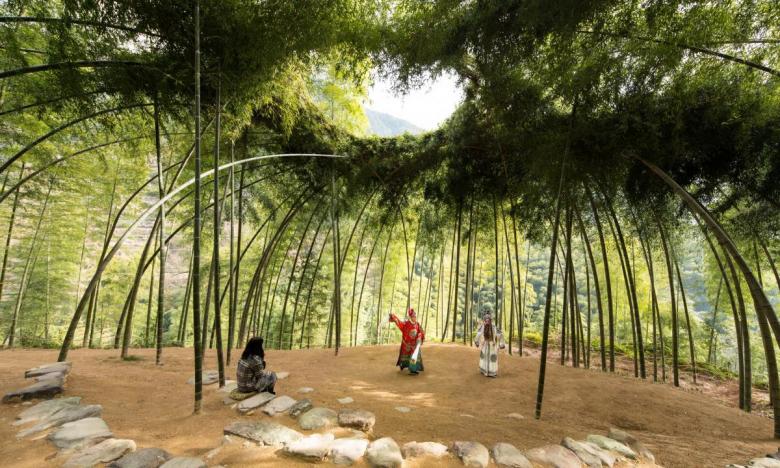Recycling and Renewal: Chinese Architects at MoMA
Eduard Kögel
1. 十月 2021
Photo: John Hill/World-Architects
On September 18, the Museum of Modern Art (MoMA) in New York opened the exhibition Reuse, Renew, Recycle: Recent Architecture from China, which will be on display until July 4, 2022. This is the first time in the history of the museum that it has turned its attention to contemporary Chinese architects.
As already mentioned in the title, very specific aspects of Chinese developments are highlighted. Presented as eight projects by seven independent offices, these include the conversion of former industrial buildings, the recycling of building materials, the reinterpretation of historical building techniques, the experimental conversion of traditional inner-city buildings, and construction projects in the rural hinterland of large metropolises. All in all, the focus is mainly on niche topics that will, however, gain in importance in the future given the challenges posed by climate change.
Amateur Architecture Studio: Jinhua Ceramic Pavilion, Jinhua, Zhejiang, 2006. (Photo courtesy of Amateur Architecture Studio)
The office Amateur Architecture Studio from Hangzhou, run by Pritzker Prize winner Wang Shu and his partner Lu Wenyu, is the only one represented by two projects. One is a small pavilion that the studio planned and built in Jinhua between 2004 and 2006. In 2002, artist Ai Weiwei invited national and international architects to design a series of pavilions along the river in a public park. For parts of the façade, the office developed a grid of handmade and individually colored ceramic tiles. Their project combined traditional craftsmanship with contemporary architecture. The exhibition features a 1:1 model of the façade. The second project by Amateur Architecture Studio deals with the regeneration of Wencun Village, where the office renovated existing houses and implemented new housing, bridges, pavilions, and a school. The buildings were constructed with local resources such as rammed earth, bamboo, and limestone.
Amateur Architecture Studio: Wencun Village, Fuyang district, Hangzhou, Zhejiang, 2016. (Photo: Iwan Baan)
Atelier Deshaus (Liu Yichun & Chen Yifeng) is featured with the private Long Museum on the West Bund in Shanghai. The architecture studio, which was founded in 2001 and whose name is a combination of Dessau and Bauhaus, completed the museum in 2014. The integration of a coal conveyor bridge from the 1950s and the conversion of a two-story garage that now serves as the museum’s basement are the main references to the theme. Today, the Long Museum is one of the most important museums for contemporary art in China.
Atelier Deshaus: Long Museum West Bund, Shanghai, 2014. (Photo: Su Shengliang)
Also on Shanghai’s West Bund is the Chi She Gallery, designed in 2016 by Archi-Union Architects (Philip F. Yuan). This project comprised the thorough refurbishment of a condemned small warehouse and the development of a three-dimensional, perforated facade using salvaged gray bricks. The experimental combination of traditional material and extravagant shape with this level of precision could only be achieved through the use of robot technology.
Archi-Union Architects: Chi She, Shanghai, 2016. (Photo: Bian Lin)
The Alila Hotel by Beijing's Vector Architects (Gong Dong) is also part of the exhibition. Completed in 2018, the hotel is located near the city of Guilin, a popular tourist destination for its dramatic karst mountains. The architects repurposed an abandoned sugar factory from the1960s and expanded it with a suite building. The exterior design and the use of uniform materials merge the new and existing buildings.
Vector Architects: Alila Yangshuo Hotel, Guilin, Guangxi, 2017. (Photo: Su Shengliang)
ZAO/standardarchitecture (Zhang Ke) presents the experimental Micro Hutong. The conversion of a small courtyard house in Beijing enables new uses for the local community. The project is representative of the office’s work in Beijing’s Old Town, where they have revitalized other traditional courtyard houses with cautious interventions. Especially here, where the old single-story building structure is under extreme pressure due to the high land value, new approaches are needed that will allow for sustainable solutions in the future.
ZAO/standardarchitecture: Micro-Hutong, Beijing, 2013. (Photo: Wu Qingshan)
Studio Zhu-Pei, also headquartered in Beijing, is featured with the spectacular Imperial Kiln Museum, which was inaugurated in 2020 in the porcelain city of Jingdezhen. The architect built the vaults from recycled bricks taken from the kilns, which have to be replaced every two to three years for technical reasons. He thus adopted a form of reuse that has been practiced by the local population for centuries. Moreover, the kilns also inspired Zhu Pei in terms of geometry, structure, and material.
Studio Zhu-Pei: Jingdezhen Imperial Kiln Museum, Jingdezhen, Jiangxi, 2020. (Photo: schranimage)
The most poetic project involving the least intervention was conceived by the Beijing-based office DnA_Design and Architecture, run by Xu Tiantian. Her work is represented by the Bamboo Theater in the Songyang County, where she has been able to achieve a positive change in the self-image of local residents by implementing small interventions in many villages since 2014. Taking inspiration from a 16th-century scroll painting by painter Qiu Ying, which shows how fast-growing bamboo defines a circular natural space by skillfully tying it together, she created a space for the opera group in the village of Hengkang.
DnA_Design and Architecture: Bamboo Theater, HengKeng Village, Songyang, Zhejiang, 2015. (Photo: Wang Ziling)
The projects were developed over a period of approximately twenty years and reflect in different ways the themes of renewal and recycling that are gaining increasing importance in China. The scale of the featured projects clearly illustrates that this topic has so far been treated as a peripheral matter, which has not yet reached the reality of the gigantic challenges posed by the redevelopment of urban megastructures or the renovation of early high-rise residential buildings from the 1980s and 1990s. These tasks will have to be carried out in the next few years, simply because of the amount of embodied energy that is bound up in the huge existing buildings. Nevertheless, it is important for Chinese architects that these approaches are now also being exhibited at MoMA, because they are gaining in significance in their home country.
Reuse, Renew, Recycle: Recent Architecture from China was organized by Martino Stierli, The Philip Johnson Chief Curator of Architecture and Design, and Evangelos Kotsioris, Assistant Curator, Department of Architecture and Design. Curatorial advice was provided by Prof. Li Xiangning of Tongji University, Shanghai. The exhibition is located in MoMA's ground-floor gallery, so admission to it is free and does not require a timed ticket.
This article was originally published as "Recycling und Erneuerung: Chinesische Architekten im MoMA" on German-Architects. Translation by Bianca Murphy.
相关文章
-
Models of 'Recent Architecture from China'
on 2021/10/1
-
Recycling and Renewal: Chinese Architects at MoMA
on 2021/10/1
